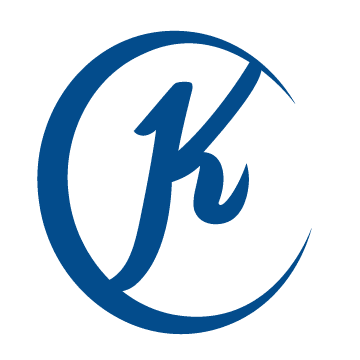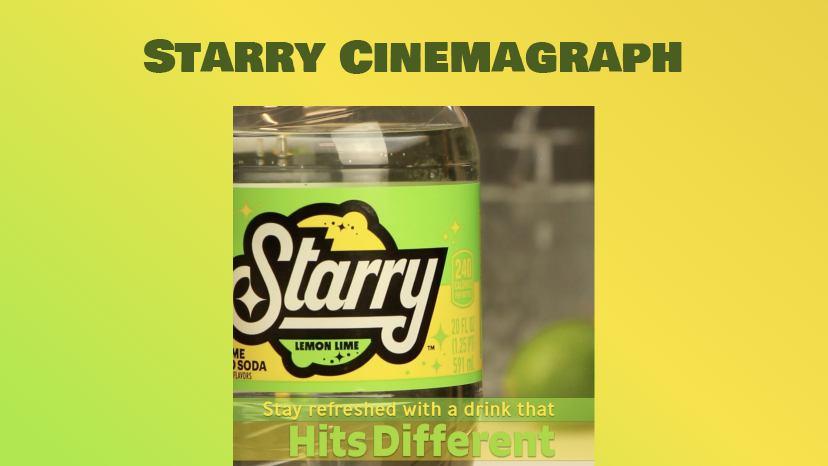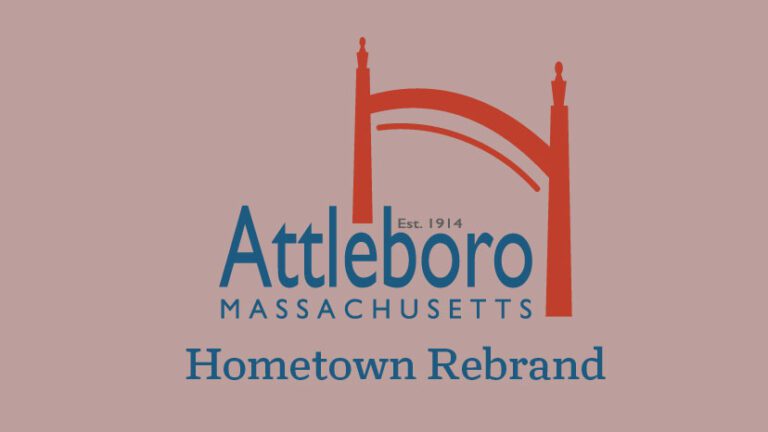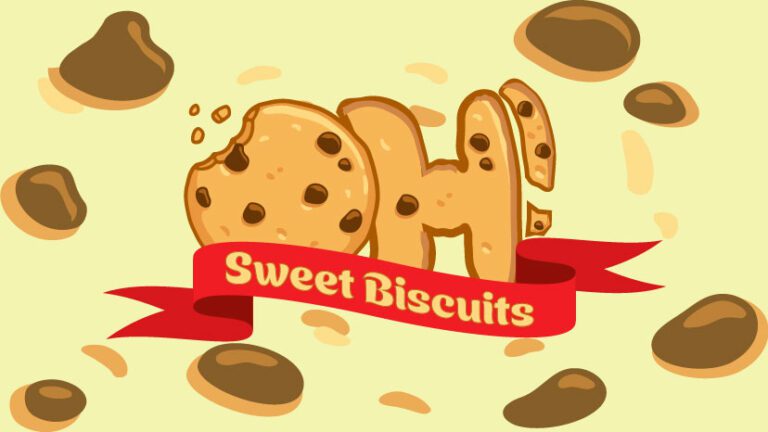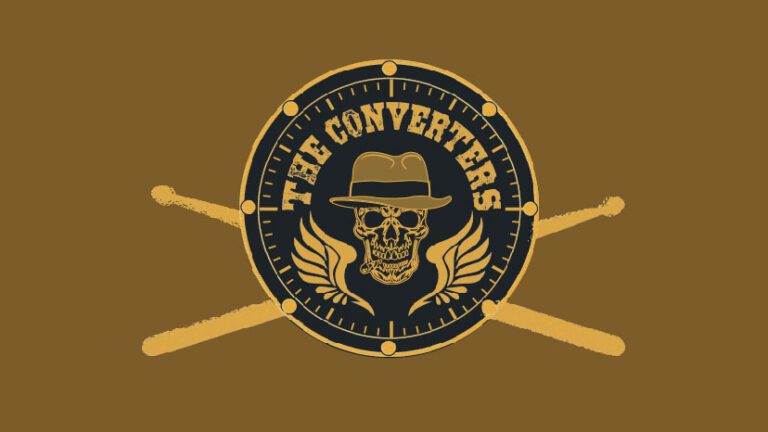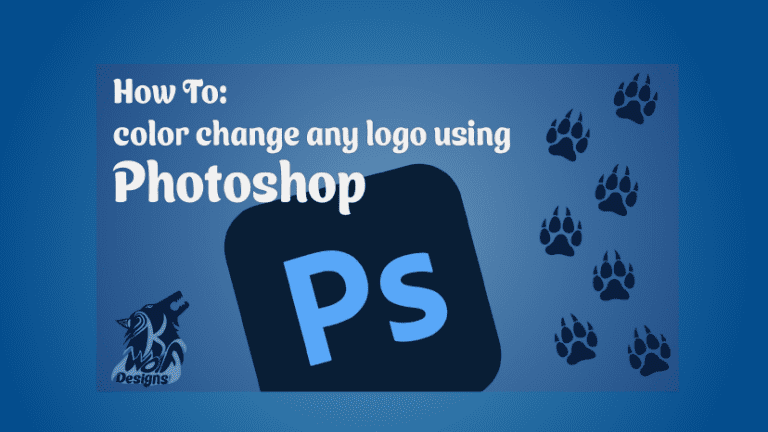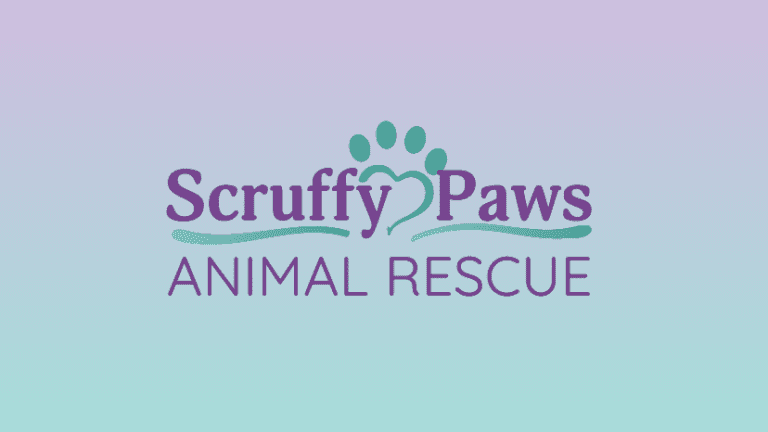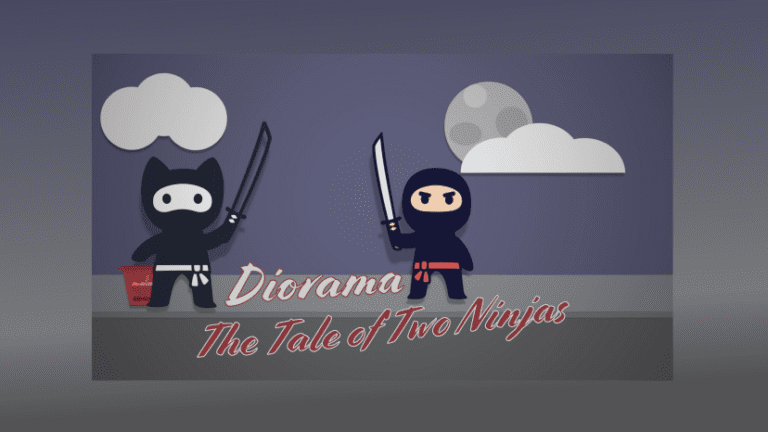Starry Product Cinemagraph
To view the full video case study, go to my YouTube page.
About the brand
Starry lemon-lime flavored soda is owned and distributed by PepsiCo. They have a wide variety of consumers and are even looking to expand to a new one as they are undergoing a rebrand from the old Sierra Mists. This new flavorful brand is popular because of the crisp, clear, and refreshing taste that is caffeine free, which bodes well in the competition as many other Soda Pop brands have caffeine and Starry is just that drink where you can drink it and not have to worry about having a sugar crash hours afterward. Meanwhile, this brand is only distributed across the United States and is highly included in the industries such as Sports, Movies, and Meals.
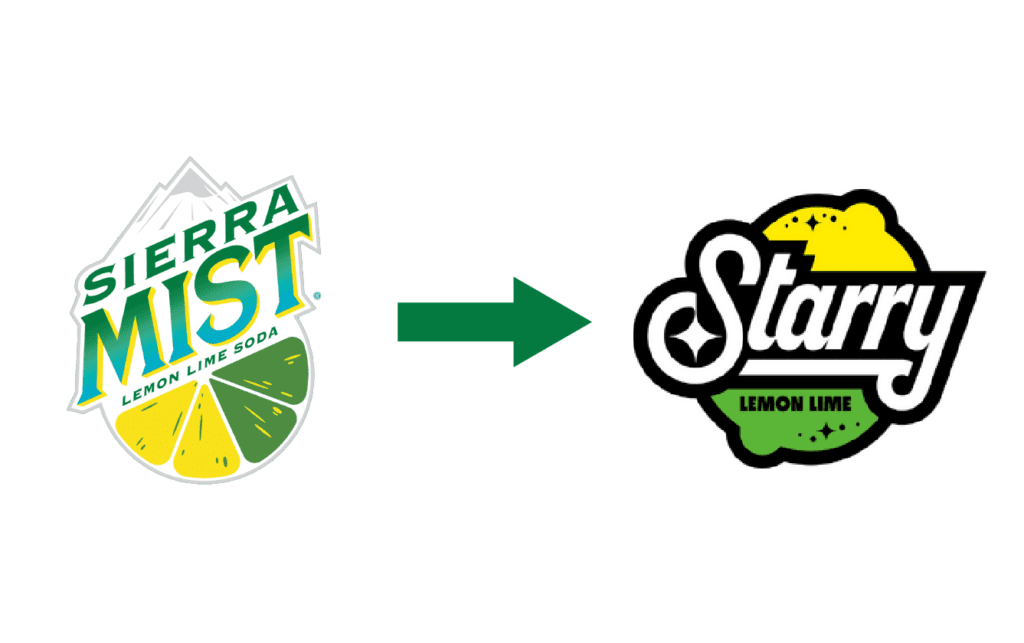
The Challenge
A few main points that I felt were challenging with this brand is “How am I going to get this brand recognized by someone that is unaware of what this product is or use to be.” I had to do my own research and determine the target audience for this product to help me structure the cinema graph that would be built around the target persona.
What is a Cinemagraph?
The word Cinema-graph stands for part “cinema” (moving image) and part “photograph” (static image) part of the image moves in a subtly, seamless loop and the rest of the image remains still. Meanwhile, Cinema-graphs has opened the door for brands to employ more native, integrated, and innovative ways to help them reach consumers. Examples include:
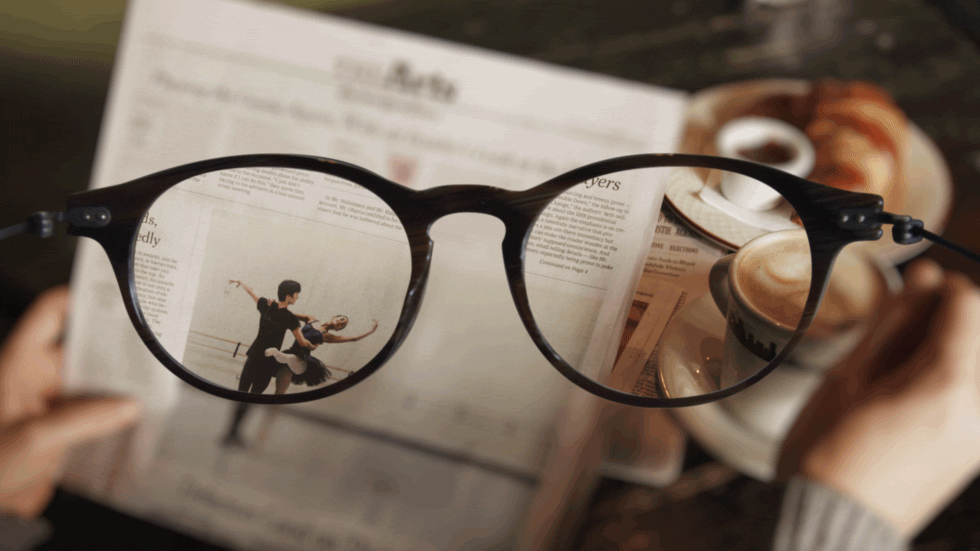
My First Cinema-graph
The first cinema graph that I created using Photoshop. I was tasked to frame a scene and film an object using my photography knowledge and creating a ‘Social Media’ post. When I was working in Photoshop, I used a ‘ping-pong’ technique which was followed by setting up the start and end motions of the video and then using opacity on the duplicated copy of the video. Lastly, to get the text to track nicely I used a lot of keyframes to track each motion.
The Solution
The research process’s first step started with building responses to a Value Proposition. What does this product promise the consumer? Simply put: Stay refreshed with a drink that hits differently. Once that was constructed I then wanted to address the affordances and limitations which talk about what the consumer is gaining from the product while also what is the product limited to or the limit that is being removed. One of each would refreshing crisp flavor (Afd.) and Remove the limitation of people not liking caffeine. Caffeine-free soda (Lmt.) This is what will allow the brand to stand out aside from the bright neon yellow and green colors on the shelves. Lastly, I wanted to sketch out concepts that may work out for the final cinema graph product shots.
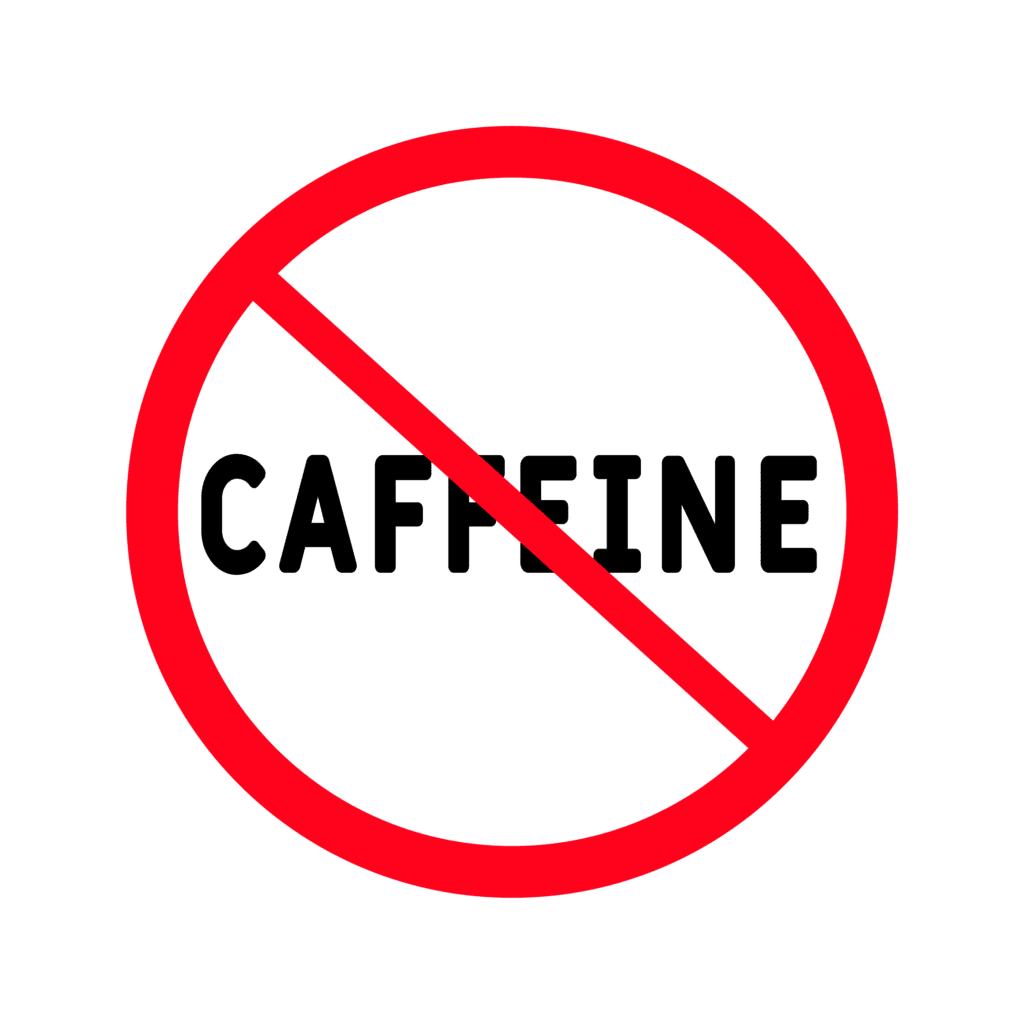
Results
The solution above has helped to lift heads and open the eyes of a newer audience to a brand that they were not aware of until today. The starry brand introduced a non-caffeine soda to different stakeholders around the world. product that on the other hand does have caffeine in its drinks. I will be shooting multiple different angles and locations of the Starry product to help showcase it in the best environment for advertisement for the consumers.
The time it took me to gather footage: 45 mins for 6 days (each day)
Assets and Props Acquired:
- Starry Bottle
- NEIT GMW Studio Lab
- Glass Mug
- Camera
- Tripod
- Lemon & Limes
Critical Stimulus
The content that understood from the depth research on cinema graphs and on they are used in marketing for individual products has shown me what I need to focus on and how the key elements of that product and how the consumer will interact with it according to the marketing animation is perceived by the user. Also understanding that 30% of a cinema graph should be in motion while the rest of the 70% remains motionless.
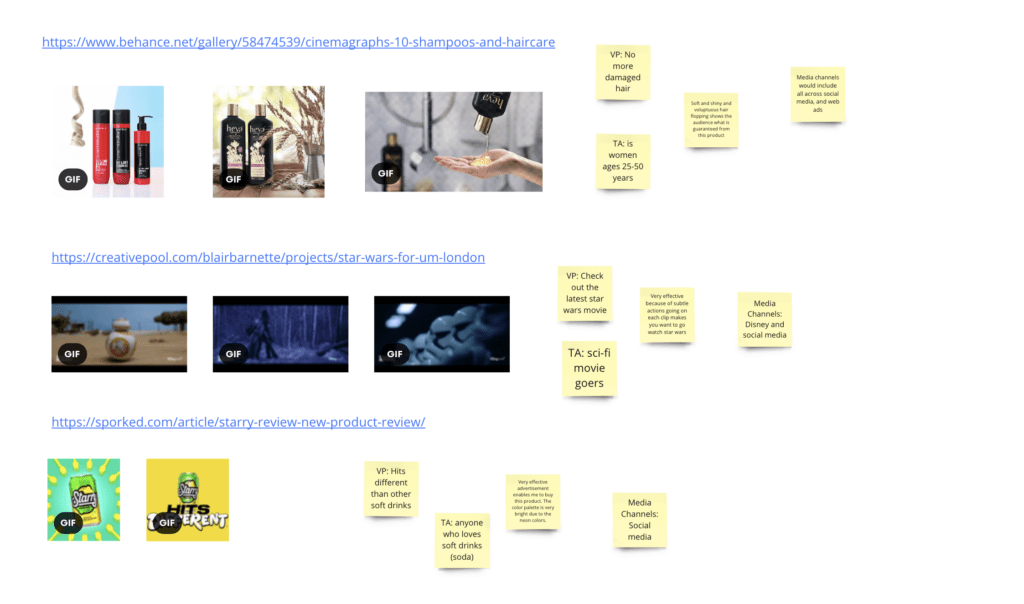
Paper Prototype
Sketch Concepts
At this step in the process, I developed sketching and storyboarding each frame and deciding which part of the cinema graph was going to be in motion (fact: at least 30% of an image should be moving) and what part was remaining still.
The left image is the original concept sketch of how it was going to appear, however, that idea quickly switched when I felt that maybe the audience would rather have a close-up of the bottle and the liquid being poured into a glass in the background along with some lemon-limes in front, that is how the image on the right was crafted.
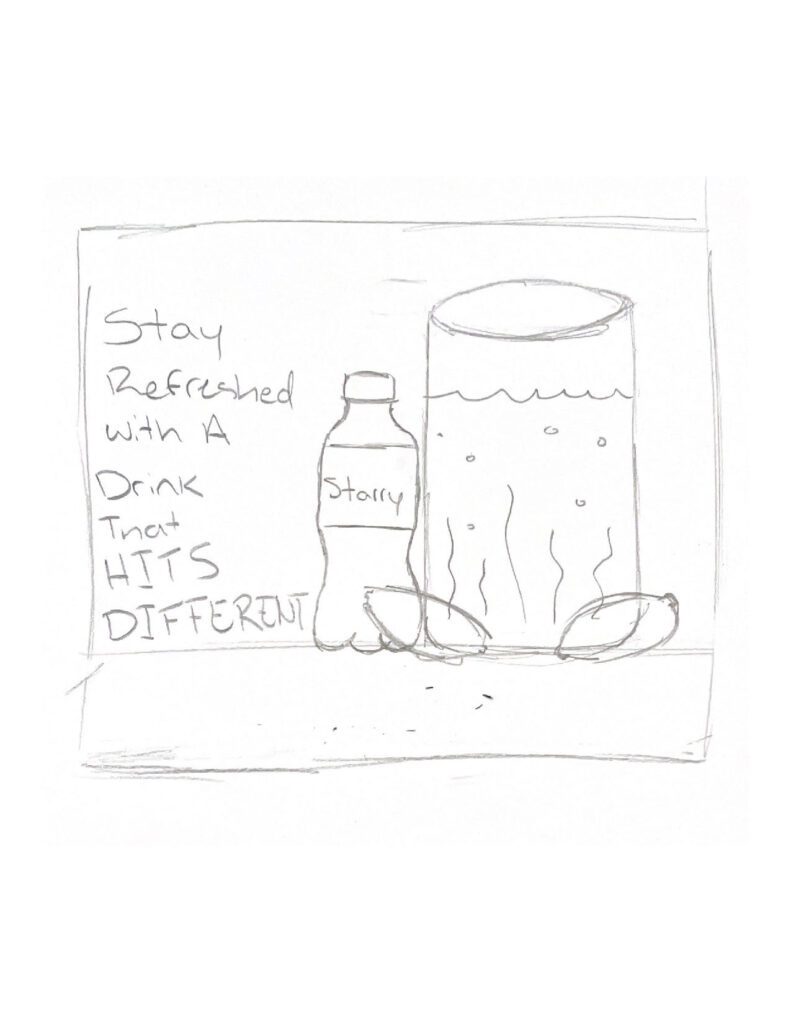

Production Shots
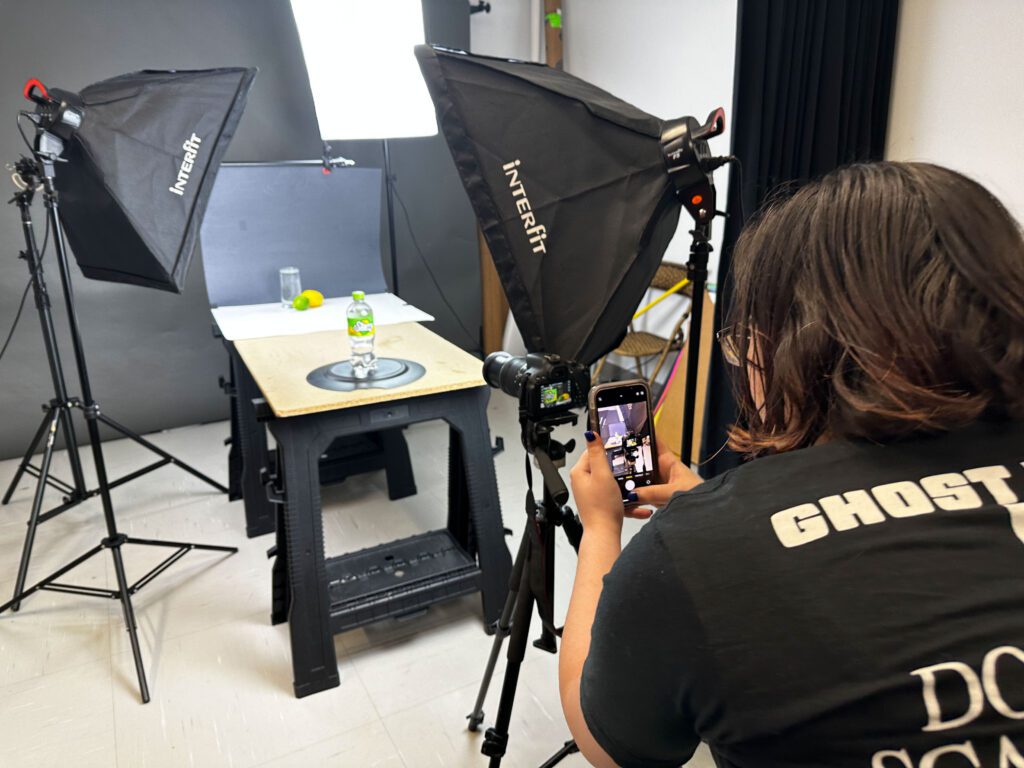
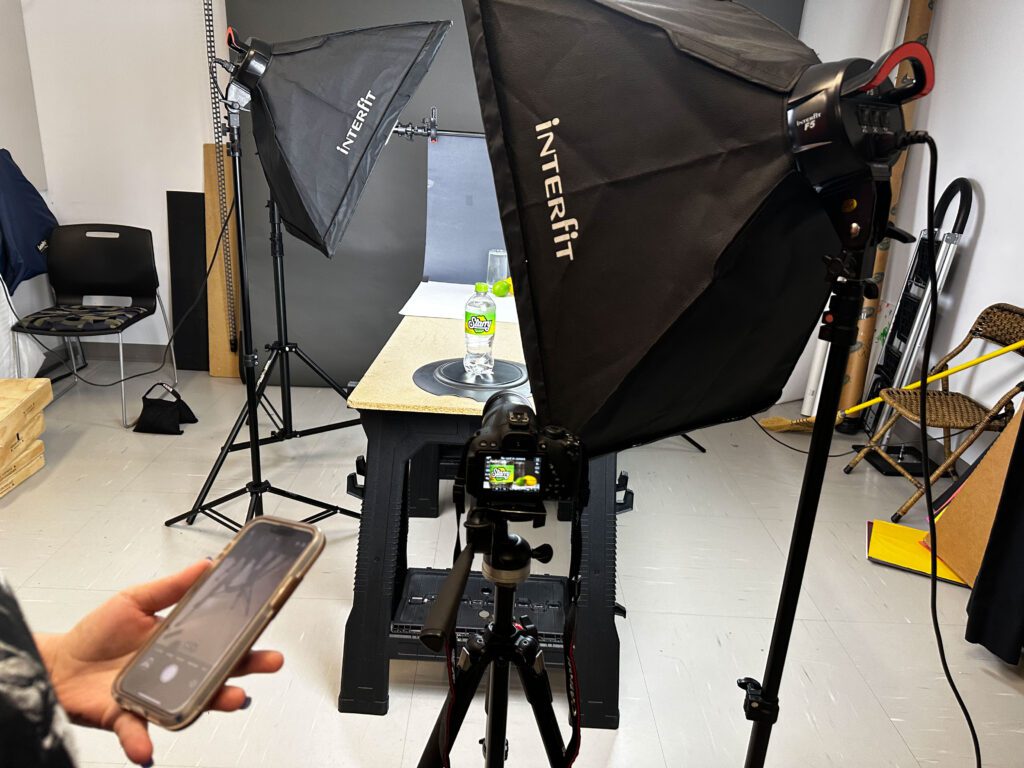
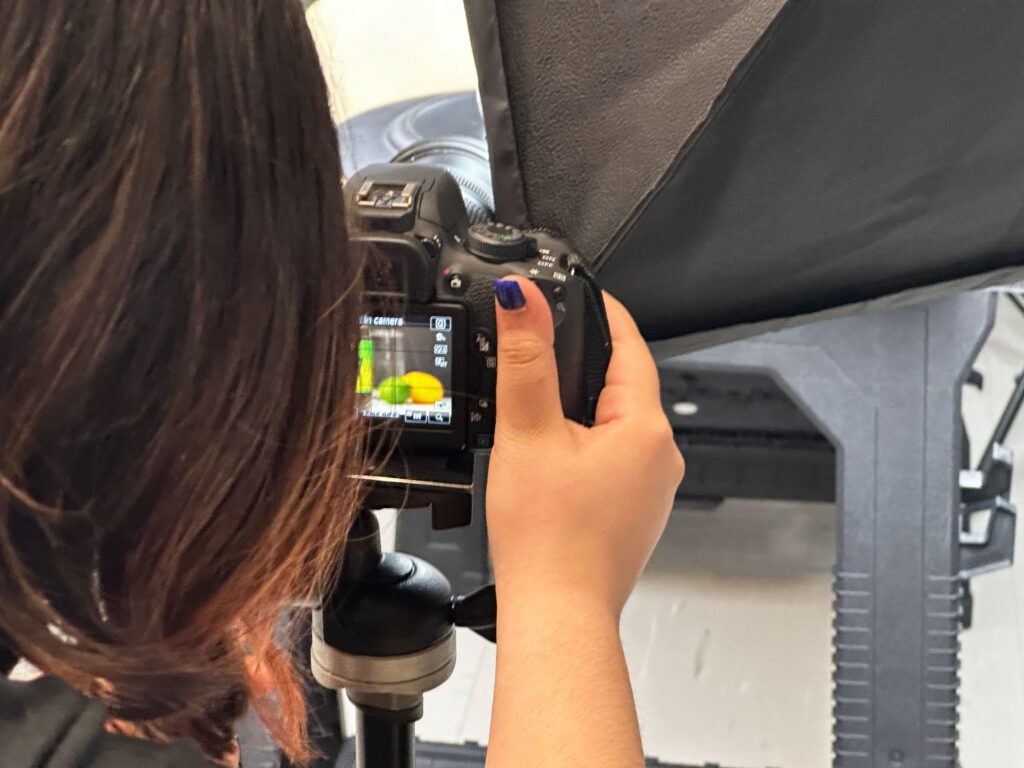
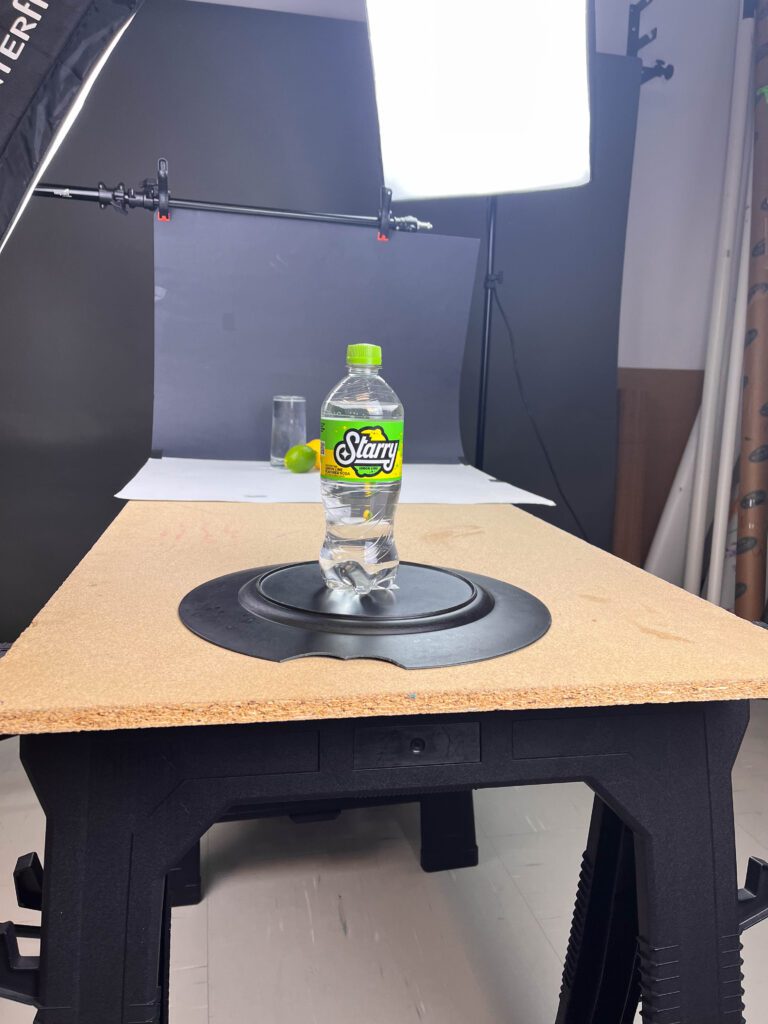
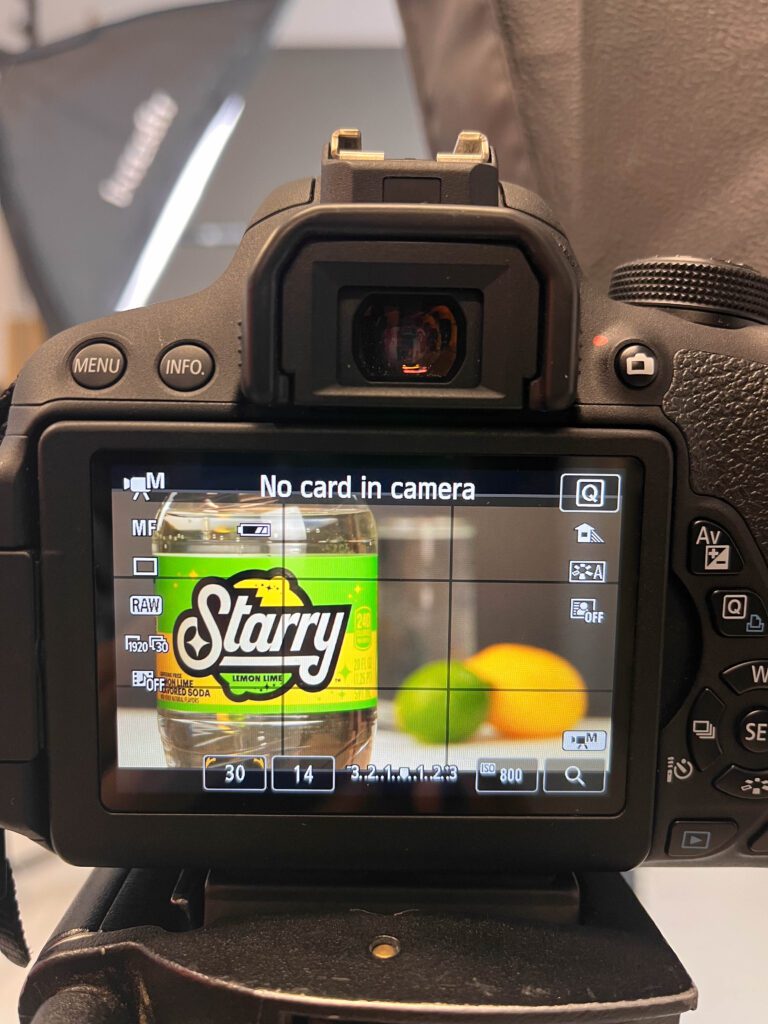
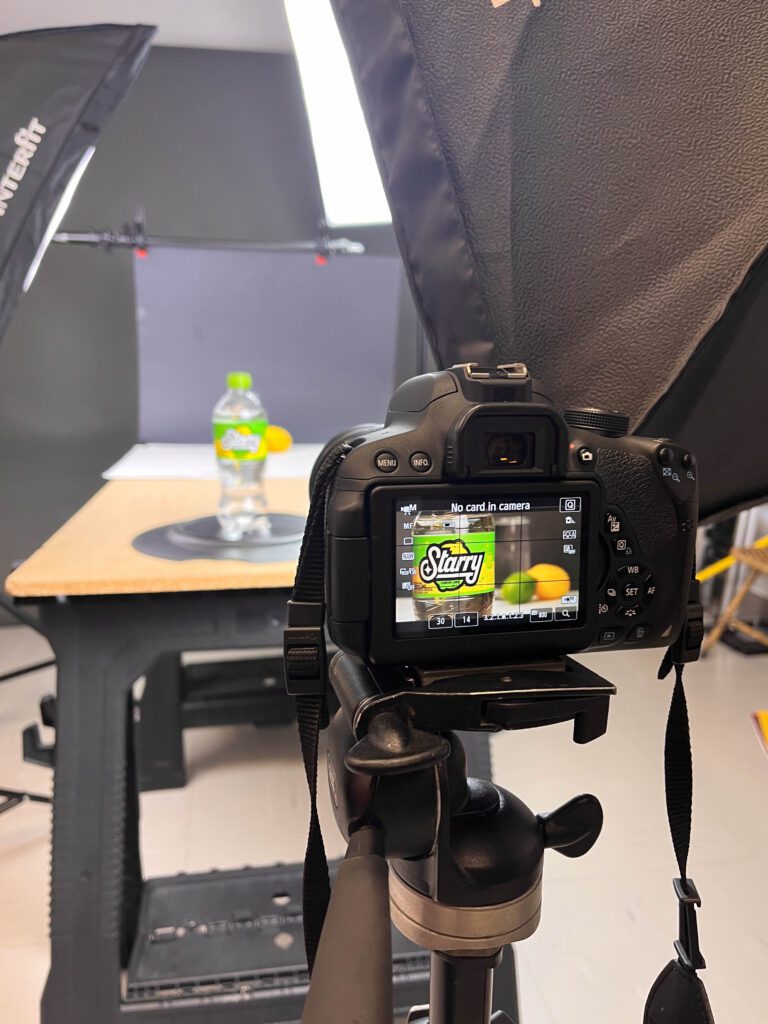
Digital Prototype
Nearly at the end of the project I have created all my assets for the cinema graph and they have been assembled and put together in Photoshop. This tells me that I nearly have finished production ready to be released for social media and for brand advertising purposes.
Digital Prototype (Content Marketing or Mobile)
After all the hard work has paid I have finally created a cinema graph that is marketing-ready and will showcase the product and its main elements to the user with ease. This includes showcasing the idea that it is a carbonated drink that has sugar but no caffeine, unlike most carbonated beverages.
